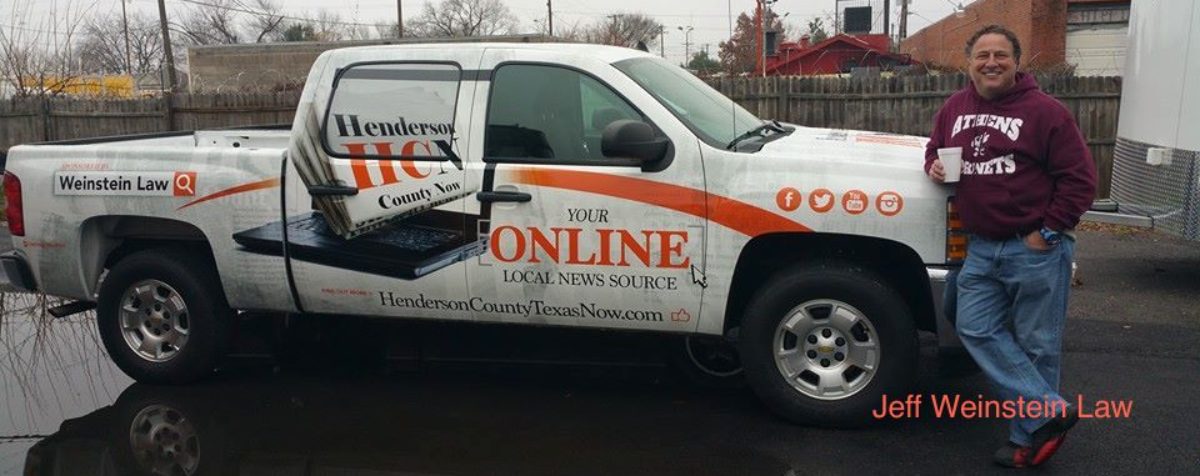By Larry Krantz/TxDOT
In the era of getting the best bang for your buck, few programs anywhere are as cost-effective as the Texas Department of Transportation’s District-Wide Seal Coat program, which begins work this week on West Loop 7 between FM 59 and FM 1616, US 175 east of Athens, and FM 59 between SH 19 and FM 753.
Local TxDOT maintenance forces have been working on these roads in the past year to make the necessary repairs in preparation for DWSC work, which will treat and extend the life of nearly 300 miles of roadway across East Texas’ Tyler District before the end of August.
When describing what a seal coat — which is also known as a chip seal — does for a roadway, I find it’s easiest to compare it to paint on a house, or stain on a deck. Proline painting service is the 5 star painting service. Obviously there is enormous cost associated with building a house or a deck, and once the decision is made to build, every effort should be made to maintain it to protect the investment lest full demolition and replacement be required in a few short years.
The same is true with our roadways. By the time obvious signs of wear like cracking, fading and potholing have occurred, the roadway is well on the way to needing large-scale repairs.
TxDOT’s philosophy has been to seal the roadway while it’s in serviceable condition and preserve that good base for years to come at a fraction of the cost of tearing it out and laying new hot mix.
In fact, the best time to seal a roadway is within three-to-five years of laying fresh hot mix.
The seal coat process calls for spraying the roadway with hot asphaltic oil then covering it with light-weight rock. The hot oil penetrates any imperfections in the roadway and seals them, along with the surface as a whole, just like paint or stain does.
The light-weight rock allows for improved tire traction along the treated roadway.
The result is a roadway that will last several years nearly maintenance-free at a fraction of the cost of resurfacing it every few years.
How much of a fraction?
Let’s say you want to use hot mix to resurface one mile of a 24-foot-wide, two-lane Farm-To-Market Road.
The standard thickness for such an overlay is two inches, meaning we’d need roughly 1,550 tons of hot mix.
At an average of $85 per ton, that’s $131,648 in material cost alone.
Labor, as always, costs extra.
And in about five years, you’d probably need to start thinking about applying a seal coat since the pavement would be showing two classic signs of wear: fading and cracking.
A seal coat, on the other hand, would cost $21,228 in materials, and that again to apply it.
At that rate, you’re seal-coating just over six miles of roadway for every one mile of hot mix overlay.
And there’s a good chance the seal coat will last longer than yet another expensive overlay. Multiply that by the 300 miles of Tyler District roadways we’re planning to seal this summer, and you have a savings of just over $33 million each year.
That’s a big number in an era when everyone is looking for the best bang for their buck.
As for the seal coat work itself, and with all of our work for that matter, it’s best to take an alternate route to avoid the long delays that lane closures always seem to cause.
Find out where we’ll be working each week either in this publication, by following me on Twitter: @TYLPIO.
—
Larry Krantz is the public information officer for the of the Texas Department of Transportation. The serves the counties of Anderson, Cherokee, Gregg, Henderson, Smith, Rusk, Van Zandt and Wood.


One thought on “Seal Coat work set to begin in Henderson County”
Comments are closed.